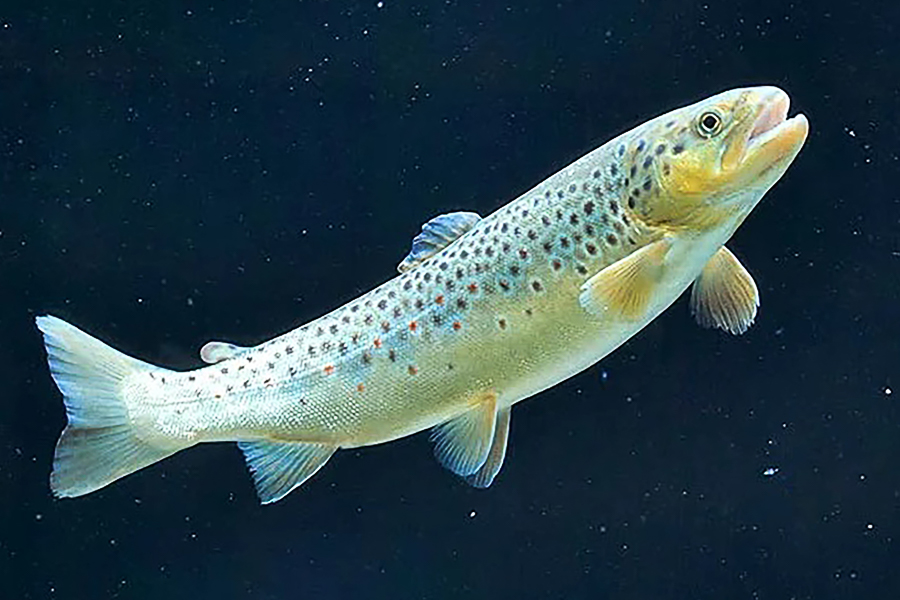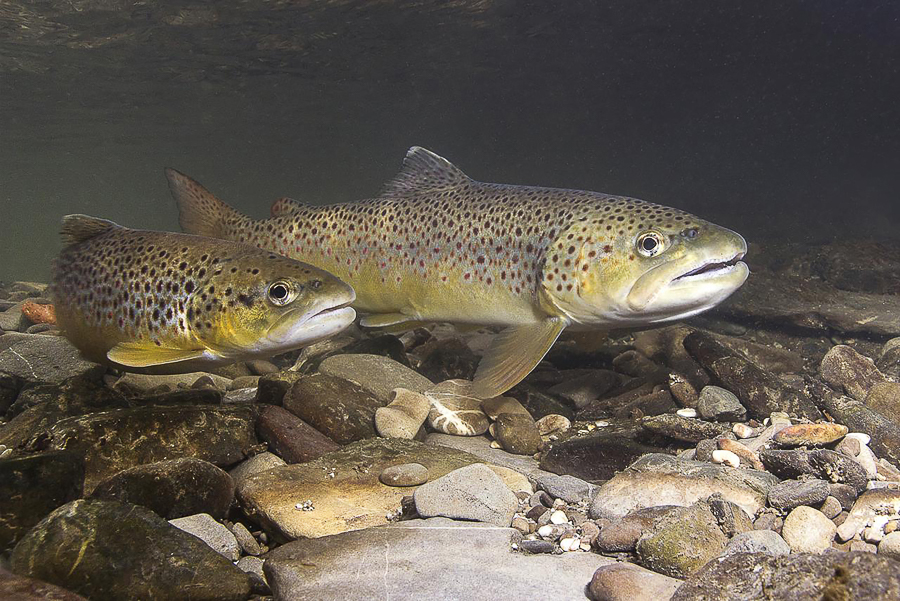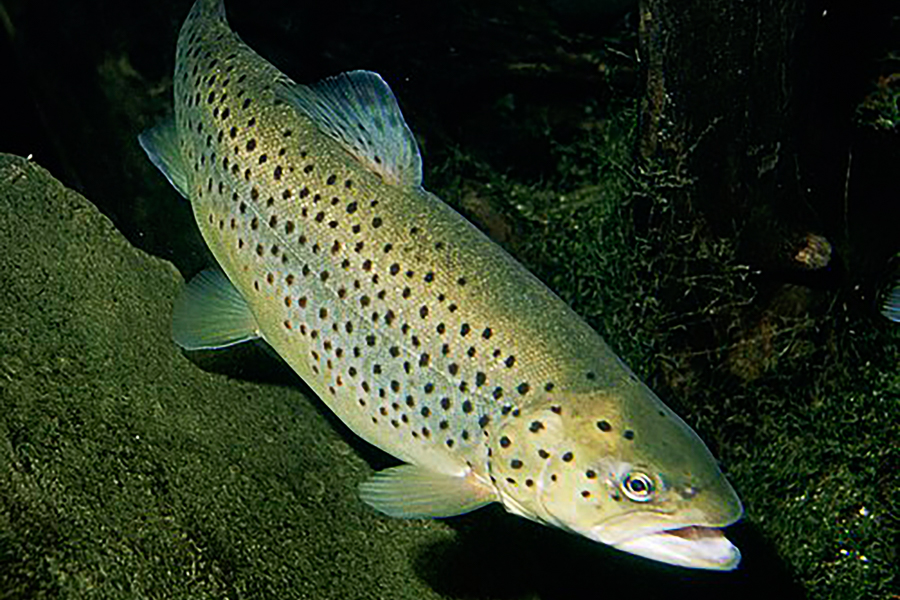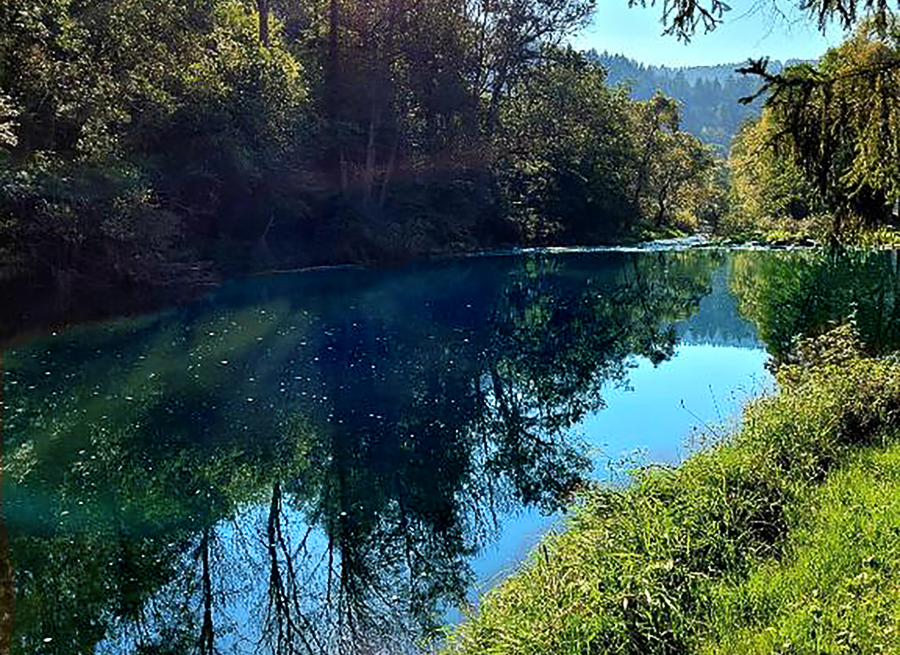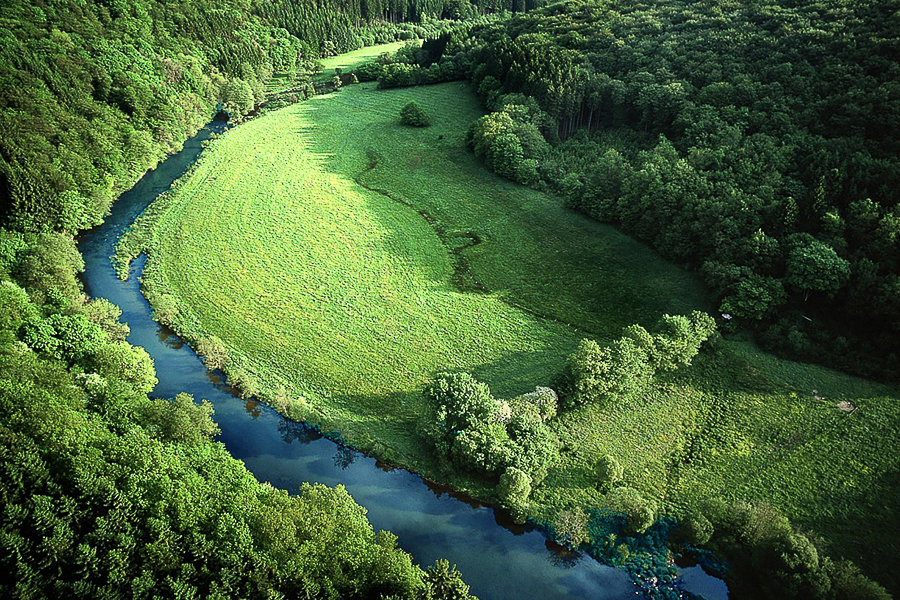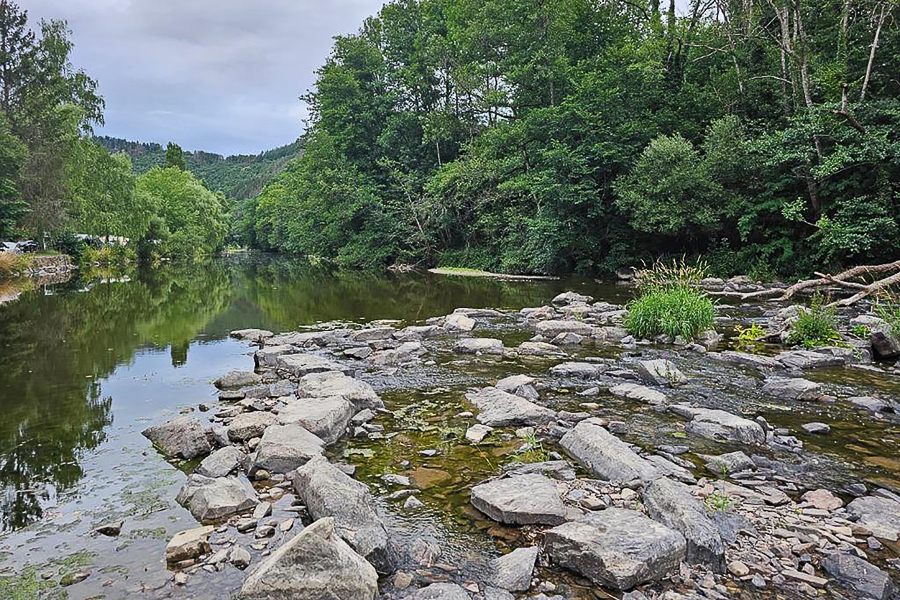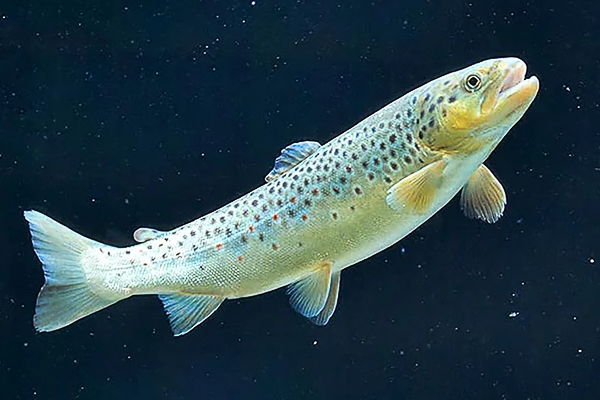 Credit: natur&ëmwelt
Credit: natur&ëmwelt
Luxembourg has what is known as a Temperate Climate in which winters are generally mild and summers comparatively cool, with rainfall that can be high; its flora and fauna have thrived in, and adapted to, this climate over the centuries and millennia, with ongoing challenges due to pollution and recent climate change, as well as the introduction of non-native species, resulting in disruptions to the norm.
Nevertheless, with various initiatives and organisations helping the ecosystem and habitat, including sustainability and re-wilding, there is a lot happening in nature across the Grand Duchy.
Chronicle.lu has teamed up with natur&emwelt (the non-profit organisation (naturemwelt), the foundation (Hëllef fir d'Natur) and the Wildlife Care Centre (Flegeestatioun)) for a series of articles on Luxembourg's fauna in which we look at various mammals, birds, insects, amphibians and aquatic animals, as well as touching on vanishing species returning to Luxembourg, focussing on their lifestyle and habitat, including when and where to observe them.
No.8 in this series focuses on the brown trout.
An emblematic fish of clear rivers, the brown trout (Salmo trutta fario) is a key indicator of water quality. In the Our Valley, it thrives in a well-preserved natural habitat.
The brown trout measures between 25 and 50 cm and can weigh up to 2 kg. Its streamlined body is built for swimming in fast currents. Its colour varies from golden brown to olive green, with red and black spots outlined in pale shades. These patterns provide excellent camouflage among rocks and aquatic plants. Strong muscles and a well-developed mouth make it a skilled predator. Its sleek, hydrodynamic form allows it to navigate swiftly through turbulent waters in search of food.
Lifestyle
A carnivorous species, the brown trout feeds on aquatic insects, small crustaceans and occasionally tiny fish. It is highly territorial and solitary, defending a specific stretch of river against rivals. Reproduction occurs in autumn: the female digs a nest in the gravel, where she lays hundreds of eggs fertilised by the male. Hatching takes place in winter, and the fry remain hidden in the riverbed until spring. Their survival depends on water quality and the absence of pollution or human disturbance. The brown trout’s presence in a river indicates a healthy, oxygen-rich ecosystem.
Habitat
This trout prefers cool, well-oxygenated waters with strong currents. It inhabits mountain rivers and clear, gravel-bottomed streams. The Our Valley provides an ideal environment with its pristine waters and stable ecosystem. The riparian forests lining the riverbanks play a crucial role by offering shade and regulating water temperature, a key factor for trout survival. The presence of submerged rocks and overhanging vegetation also provides shelter from predators and strong currents.
Where and When to Observe It
The rivers of the Our Valley are excellent spots to observe brown trout. Your best chances are in the early morning or late afternoon when they are most active. In summer, trout hide in shaded areas or under rocks to escape the heat. During spawning season in autumn, they can sometimes be seen in shallow waters. Watching from a distance and staying quiet will increase the likelihood of spotting them without causing disturbance.
Observation Tips
Remain quiet and observe from the riverbank, as trout are highly sensitive to vibrations. Polarised sunglasses help reduce glare, making it easier to see underwater. Avoid disturbing their habitat, especially during spawning season. Respect protected areas and be mindful of riverbank vegetation, which plays a key role in maintaining water quality.

